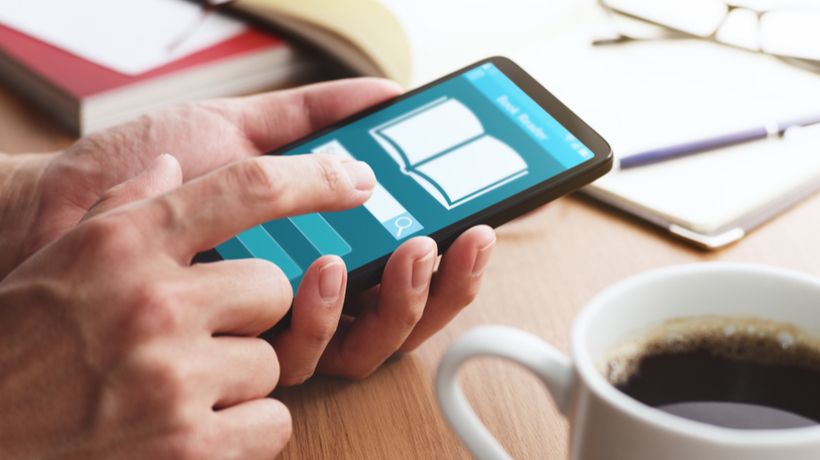Instructional Design And The mLearning Age
“Design is not just what it looks like and feels like. Design is how it works.” – Steve Jobs
InstructionalDesign.org rather comprehensively defines the practice of Instructional Design, thus, “The process by which instruction is improved through the analysis of learning needs and systematic development of learning experiences. Instructional Designers often use technology and multimedia as tools to enhance instruction.” Committed Instructional Designers with their finger on the pulse of today’s learners are sure to have encountered more than the occasional whisper of mLearning. This is not surprising at all when you consider the numbers. A Markets and Markets research released a few months ago claimed that the global market for mobile learning, already pegged at close to $8 Billion in 2015, would go up to $37.6 Billion in 2020. Clearly there is a lot of learning happening on mobiles that Instructional Designers need to factor into their considerations. The question is how does this explosion of mLearning impact Instructional Design and, indeed, Instructional Designers? What has to change and what factors drive that change?
For starters, Instructional Designers would do well to recognize that the mLearning way is different from the eLearning way in some key ways:
- Mobile usage patterns dictate that learning is consumed in several, bite-sized chunks rather than longer, more structured pieces. This will have an impact on the course structure the Instructional Designer puts together and also on interactions, assessments, and the like. They would have to be shorter and appearing at more frequent intervals.
- Display sizes are generally much smaller and this means less is more in the context of information provided on each screen. The design would likely have to feature less text, displayed boldly and the same would have to be the case with visuals and images.
- The way learners navigate is also very different on the mobile – scrolling is the norm rather than jumping across to other tabs. This impacts the way information is presented – sequentially presents better when scrolling and a jump across to another tab on the mobile is more difficult to navigate back from.
- Then there are also the specific capabilities of the mobile to factor in – location awareness, motion sensing, social connectivity, and even built-in accessories like the camera and scanners can all play roles in learning and learning design. These capabilities can make learning games and interactions much richer and more engaging.
- It’s also, perhaps, fair to say that browser based eLearning has so far been largely better at accessibility than learning delivered on the mobile. Mobile interactions that depend on sound may perform better but the limitations of screen size offer real challenges in this area.
These differences mean that just porting learning designed for browsers to the mobile will not be good enough for the Instructional Designer of today. The mLearning course will have its own specific set of best practices the Instructional Designer would do well to follow.
Apart from the differences, are there any specific considerations Instructional Designers have to design for? Well, for starters, there is a more than reasonable chance that learners will not exclusively tie themselves to the mobile for their learning needs. Learners will generally move across different “channels” – some time spent on the browser and some more on the mobile would be the norm. Clearly this behavior would impact the design of the content and the interactions.
There are also some exciting possibilities that the power of mobility and mLearning open up. Among the more promising is the application of Big Data and Analytics. Mobile devices, with their network access and an array of sensors, are adept at collecting data about every action or behavior of the users. This data, when related to the context of their mLearning habits, could serve as a powerful basis for driving changes in the course. What is being consumed more, how fast and how appropriately, what works and what doesn’t are all questions course creators and Instructional Designers are always seeking answers to. The powerful combination of big data and mobility can help give actionable insights in this area that can help Instructional Designers no end.
In the end, the credo of the Instructional Designer is to improve the quality and effectiveness of the instruction. mLearning is already making a significant impact so Instructional Designers have no choice but to respond to that change. Remember what John Dewey said: “If we teach today’s students as we taught yesterday’s, we rob them of tomorrow.”









